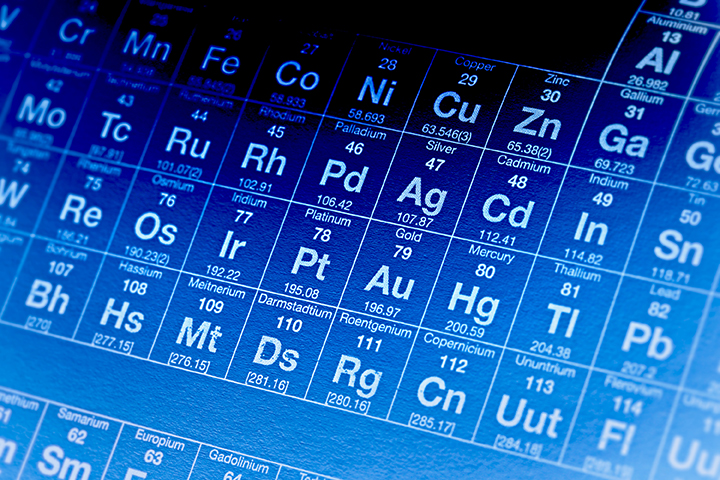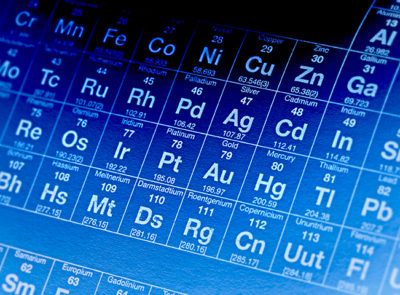 Challenge
Challenge
Stringent discharge limits for copper and phosphorous are proposed to be included in a Northeast manufacturing facility’s NPDES Permit for cooling water discharges. The copper and phosphorous limits were established based on default standards that protects the receiving waters for swimming and fishing uses. The source of the copper is from the facility’s distribution piping systems; while the source of the phosphorous is from the corrosion control chemicals used to limit the leaching of metals, including the copper. As such, little to no opportunities exist to reduce both the copper and phosphorous via operational measures since the sources of the copper and phosphorous are not controlled by the manufacturing facility’s production processes. For a treatment solution, the control of copper and phosphorous requires a complex multi-step physical, chemical, and biological approach that ranges in costs of over a million dollars in capital and several hundred thousand dollars annually in Operations and Maintenance (O&M). The capital and O&M treatment costs alone would force the closure of the facility.
Solution
Given the complexity and costs for a solution, the facility opted for alternative solutions.
For copper, the alternative solution was to conduct Water-Effects Ratio (WER) Study to re-derive a less stringent site-specific copper limit that is still protective of the receiving water’s uses. The WER study allows a discharger to evaluate the impact of their copper discharges in the site-specific receiving waters.
For phosphorous, the facility has initiated a study to evaluate alternative corrosion control chemicals that do not utilize phosphorus. The study will evaluate effectiveness, ease of implementation and use, and associated capital and O&M costs.
Status Update
The copper and phosphorous studies have been initiated. With the anticipated success, the facility should be:
- Able to comply with the proposed limits,
- Granted higher limits, and/or;
- Able to propose removal of the limits.



